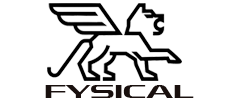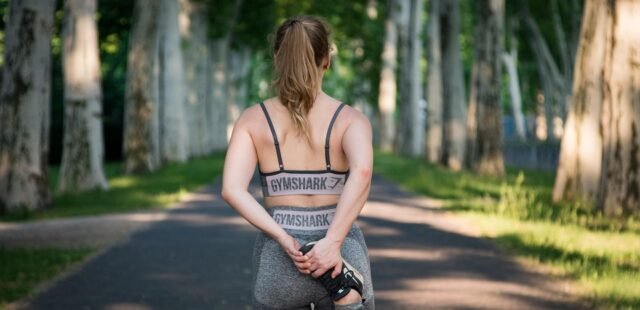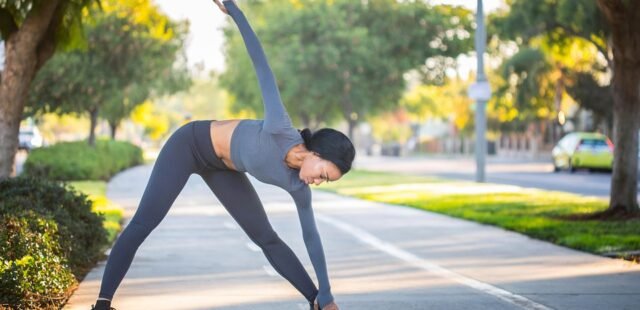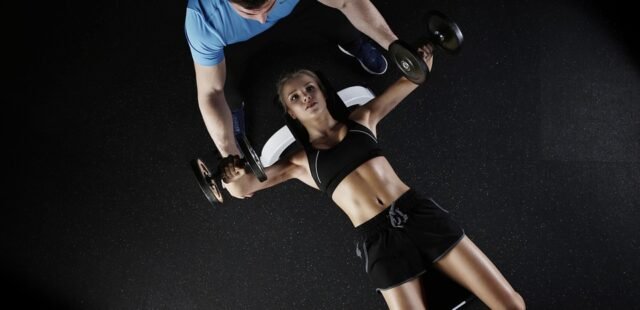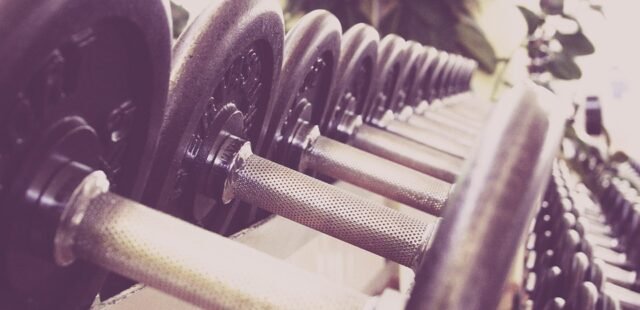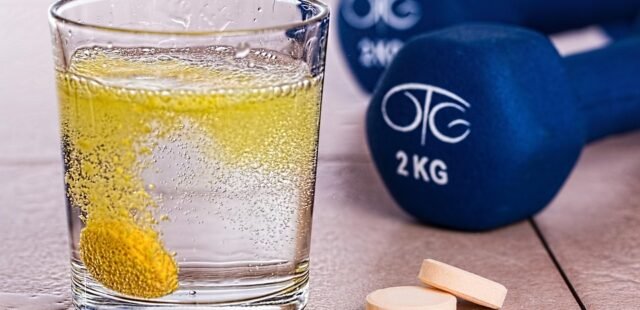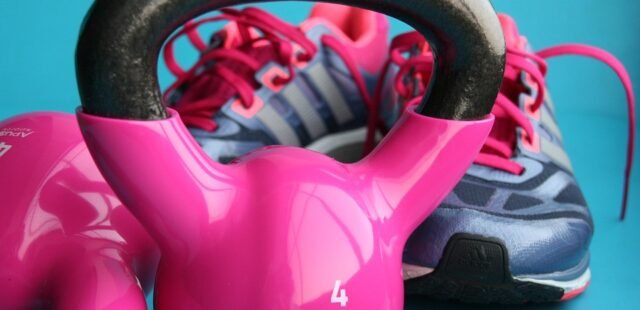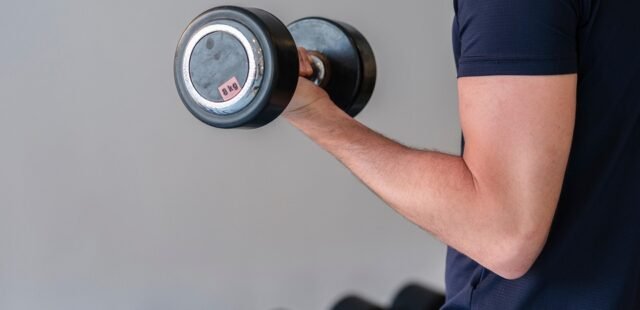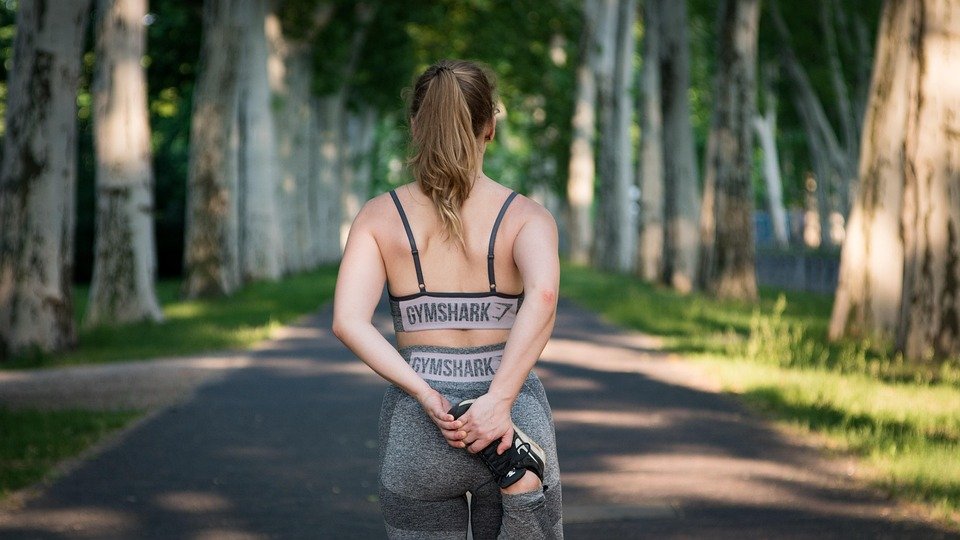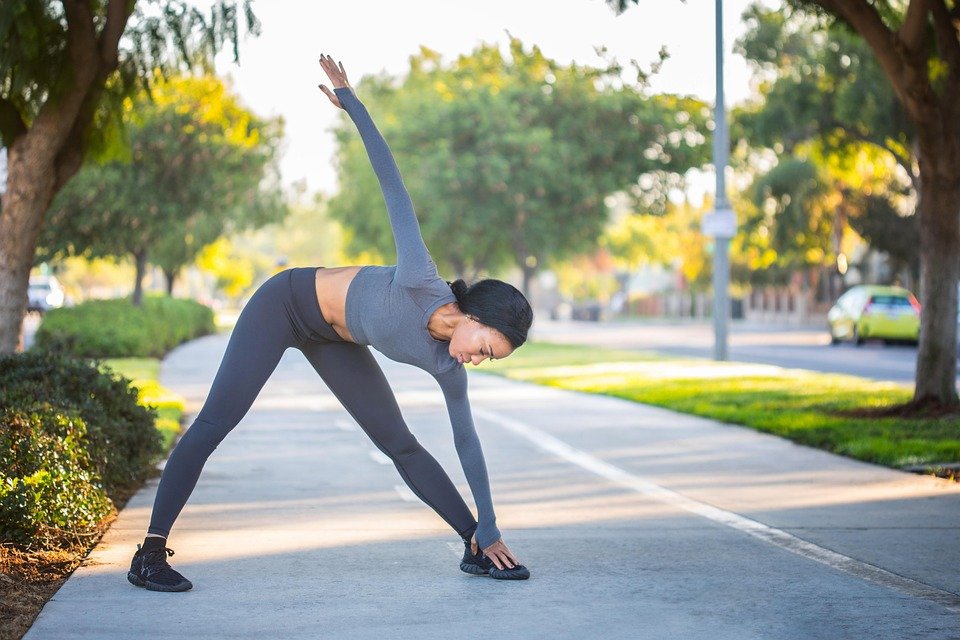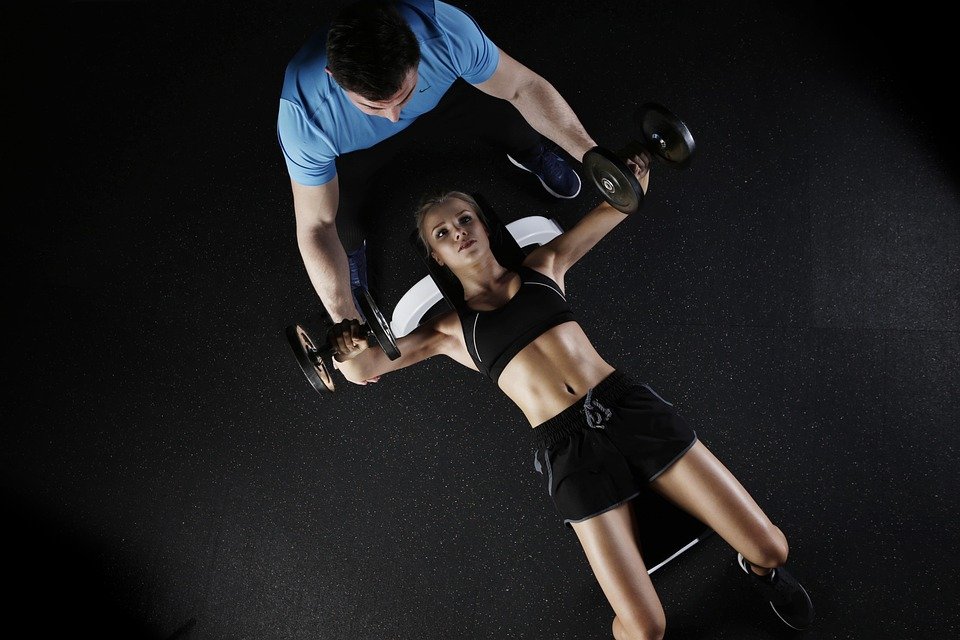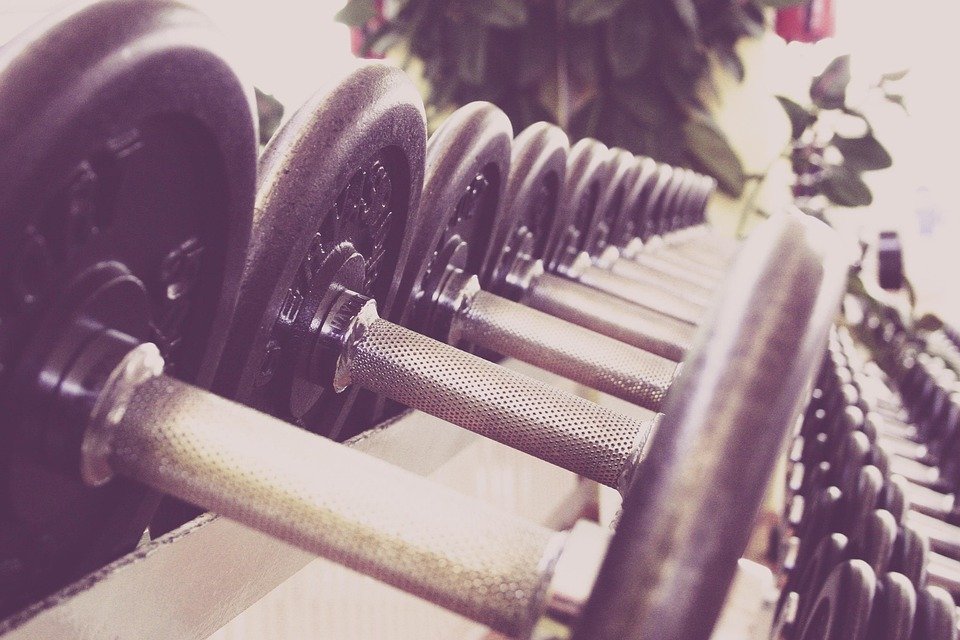For the last four years, retired US Air Force Technical Sergeant Chris Ferrell has worked as an Air Force Special Operations Combat Training Specialist. His job is to facilitate live scenarios with Foreign and Domestic Special Operations OPs teams, so they are prepared to protect themselves and others in case the situation calls for it.
Whether it is training servicemembers, speaking on behalf of wounded veterans, or even being a part of the Warrior Games, Ferrell feels that he owes his efforts to those that came before him and helped him throughout his own life and time in service.
“I’ve had fantastic leadership throughout my career.”
Ferrell’s current position (one of several he has chosen to take on) is one that he has pride in, not only because of what it does for those he trains, but because of how close he came to losing his own life.
Service Was the Life He Chose
The native of Bossier City, Louisiana was a high school senior when the September 11th attacks occurred, and the son of a Navy lineman knew immediately what he was going to do later in life.
“I knew then I was going to live a life of service.”
After one year in college, he felt like it was time to make his move. Ferrell enlisted in the United States Air Force, where he became an Explosive Ordnance Disposal Technician.
“I wanted to be a pararescueman or combat controller, but I failed my eye exam. They told I could do EOD, and when they explained what it was, I said,‘cool, sign me up.”
By 2005, he was on his first of several deployments, traveling to Afghanistan. Throughout his career, he had found and disarmed several Improvised Explosive Devices (IED’s) to help his teammates carry out their operations.
Ferrell’s career and life changed dramatically on Dec. 15, 2009, when one of his teammates stepped on an IED during a kill or capture operation in conjunction with British forces. The teammate was killed, and the force propelled Ferrell and the other teammates 10-15 feet away. Ferrell recalled that the teammate, Tony Campbell, was in a blast hole with his hand up, almost waving goodbye before taking his last breath.
“Fast forward, I cleared the rest of the area, we were able to get MEDEVACed out.”
Following a week stay in a hospital, Ferrell could have went home but opted to stay and continue serving.
Two months later, he along with teammates and British Infantry forces would encounter another IED explosion incident. He was approximately 15 feet away, but it still killed one person and injured three others. Ferrell’s efforts helped the injured and clear the site. As a result, he was awarded a British Commendation from the Kandahar Airfield Commander for Heroism. By the time he was medically retired in 2017, he received many other honors from his own country as well, including a Bronze Star and Purple Heart.
Being Fit Literally Saved His Life
The physical injuries that came with Ferrell’s incident were obvious, but as he found out, they could have been worse. He grew up small but was strong for his size and started weight training while playing football. Little did he know that his commitment to the iron would save his life. Once he started working as an EOD tech, he committed even more, especially to running, which he admitted he was never a fan of.
“Running was miserable and still is to this day, but I became very good at it.”
Ferrell knew he had to be in the best shape possible, and that decision paid off for him. During a mission in 2005, he had to run to help three teammates that were affected by an IED. One teammate suffered an amputation and two others were injured. Ferrell had to run a half mile to get to them and started casualty care. All three of them were saved.
“That was my introduction to the military at war. I realized that I had to be in shape so I could save guys. My training drastically changed.”
Fast forward to his own incident in 2009, and it turned out that passion for fitness saved him again. He was told by his doctors that his muscle mass and bone density literally saved him from taking extra damage from the explosion.
“I couldn’t be a hindrance to the team. I had to be an asset,” he explained. “The doctor came in and said that if we hadn’t been as dense as we were, our injuries would have been far more severe.”
Mental Tolls and Overcoming Them
The toll on Ferrell was far beyond his body, though. His mental, emotional, and spiritual health was also affected, but it wasn’t obvious to him until long after the incident occurred.
This was confirmed when he went to get his brain evaluated after noticing changes in his behavior and even attempting self-removal multiple times. Doctors told him that he had 32 dead spots in his brain. He also dealt with bilateral hearing loss and other issues he was not previously aware of.
Ferrell went through several different forms of treatments, was on medication, and even therapy, but he concluded that there was a difference between what he called “living” versus “existing.” Something was missing, and he found it while he was on his road to recovery.
“I realized that post-service, I needed to find a way to still serve.”
As he was getting involved with the Warrior Games, he saw there were many people that were in comparable situations to his. He also realized that he had a new way to serve and contribute. He could help his fellow heroes that were dealing with the same tolls that he was.
“Let me help those that are struggling just like I was.”
Ferrell became a public speaker and advocate with a personal mission to reach and connect with servicemembers facing their own adversities. He also focused on what he could do with training, which led him to Lynn Coffland and Catch-A-Lift.
“Lynn Coffland found me at my lowest point,” he recalled. “Fitness was the catalyst. That was the only thing I didn’t have to think anything about.”
Ferrell also credited Air Force Wounded Warriors, who have helped him personally and that he has worked with as well. He travels and speaks on leadership and trauma. Those endeavors and others have given him the incentive to keep going, keep serving, and enjoying making a difference.
As the husband and father concluded throughout his journey, if a bomb couldn’t kill him, and he couldn’t even do it himself, he should make the most out of the life he has, and that includes helping others make the most of theirs. He has lost many teammates both in battle and through other avenues. In Ferrell’s eyes, each life he can help save is one that is worth all the time he can commit.
“Once it gets dark, it can be very hard to see the light,” he shared. “Advocacy is a necessity. That is what gives me purpose now.”

Chris Ferrell’s Century Workout
Over 20 years ago, Ferrell found a system that helped him train hard for strength and endurance, and he credits it for saving his life. He calls it the Century Workout program and invites you to take it for a spin. You pick a weight for each exercise that could be estimated at 65 percent of your one rep max. The goal is 100 total reps for each exercise, regardless of how many sets it takes.
“You do every exercise until you reach 100 reps with a 30-45 second break between sets,” he said. If you perform 15 reps on the first set, start the next with 16. Keep that count going until you reach 100 reps. You then move on to the next exercise. Ferrell stated that he still does this in retirement so he can keep proving himself when he trains other operators.
“The workout should last between 50 min to 1 hour and 10 min depending on the pace you use.”
Ferrell shared a sample push day workout that feels would be a challenge worth trying to any lifter, regardless of the fitness discipline they follow. Perform 100 total reps of each exercise on the list below.
- Flat Barbell Bench Press
- Incline Barbell Bench Press
- Cable Crossovers
- Dips
- Pushups
- Rope Extensions
- Seated Overhead Dumbbell Presses
- Skull Crushers
- Straight Bar Tricep Extensions
- Close Grip Pushups
M&F Military Editor Rob Wilkins contributed to this article.
This post is brought to you by: Source link
Being Fit To Serve Literally Saved Chris Ferrell’s Life, 2025-07-25 15:08:00
